Learning how to write short stories requires a distinct set of skills, as you must captivate readers within a limited space. After all, a short story is not a novel, and while each medium may seem superficially similar, they require vastly different tools and skillsets. Specifically, crafting these miniature worlds involves careful consideration of plot, character, theme, and, of course, word count. So let’s take a look at a few different points that will help you master the art of short stories.
How to Write Short Stories: Start with a Strong Concept
Short stories often thrive on a powerful concept or idea. Begin with a compelling premise that can be explored effectively within a limited word count. Whether an intriguing scenario, a thought-provoking question, or a unique twist, a strong concept lays the foundation for a memorable short story. The concept may be as ambitious as you like, just as long as it can be satisfactorily explored in the space allotted.
Develop Concise Characters
In the confined space of a short story, characters must be developed swiftly and effectively. Focus on key traits and motivations that drive the narrative forward. Every character introduced should contribute to the central theme or conflict, adding depth without overwhelming the concise format. While this is of course true for novels and novellas as well, it is crucial for short stories that you include only as many characters as absolutely necessary.
Focus Your Setting
Short stories often benefit from a confined or focused setting. Embrace these limitations and use them to your advantage. A well-crafted setting can enhance the atmosphere and contribute to the overall impact of the story. Consider, for instance, locations that amplify the emotional or thematic elements of your narrative, and let them do some of the narrative work for you.
Build Tension Efficiently
Tension can be a crucial element in short stories, and building it thoughtfully is essential. Introduce conflict early, and maintain a sense of urgency throughout the narrative. Every word should contribute to the rising tension, leading to a satisfying climax within the limited space available.
Mind the Pacing
Pacing is paramount in short stories. A lack of forward momentum will strike a sour chord in a short-format piece. Experiment with sentence structure and rhythm to control the pacing, keeping readers engaged from the opening line to the story’s resolution. Nothing in your story’s tempo should be accidental.
Focus on Theme and Emotional Impact
Short stories most often succeed when they convey a specific theme or leave a lasting impression. Choose a central theme that vibrates with readers just so, and thread it throughout the narrative. The conclusion should leave an impact, prompting reflection or emotional resonance.
Construct Dialogue With Care
Dialogue plays a crucial role in short stories, providing insight into characters and advancing the plot. Aim for concise and impactful dialogue that serves multiple purposes—revealing character traits, conveying information, and contributing to the overall atmosphere. With so little legroom to work with, make sure you whittle your dialogue down to a sensible minimum.
Experiment With Structure
Short stories are a great opportunity for narrative experimentation. For example, you might consider non-linear timelines, unconventional perspectives, exotic points of view, or other creative approaches to enhance the story. However, make sure you don’t go overboard — ensure that the chosen structure complements the story rather than complicates it.
Edit Ruthlessly
Truman Capote once famously remarked, “I believe more in the scissors than I do in the pencil.” In other words, precision is key in short story writing. After the initial draft, engage in ruthless editing to trim unnecessary elements and refine the narrative. Every word should serve a purpose, contributing to the overall impact of the story. Don’t be afraid to cut and cut and cut until your prose is pared to perfection.
Embrace Ambiguity (When Appropriate)
Short stories can benefit from a touch of ambiguity. Let the short format work to your advantage by leaving certain elements open to interpretation and letting them deliberately fall outside the scope of your narrative. This will allow readers to engage with the narrative on a deeper level. However, strike a balance, ensuring that the essential aspects are clear enough for readers to grasp your intended message.
By honing these skills and embracing the challenges, you can learn how to write short stories that leave a lasting impression on your readers.
At Presto Page, we’re here to support you every step of the way. Whether you need assistance with self-publishing, design services, or any other aspect of self-publishing, we’re your partners in success. Contact us today to see what we can do for you!

